Published Jack Cochran on July 5, 2018
Faster Mixed Solvents Analysis Using GC-VUV; Shorter GC Runtimes
Hopefully you read the introductory post in the series on solvent analysis where I showed how VUV can successfully overcome chromatographic coelutions through the power of its unique absorbance spectra. As suggested in that writing, this VUV feature allows chromatographic compression, i.e., faster GC runtime, which fosters increased sample throughput while still maintaining data quality.
Figure 1 shows two chromatograms for 40 solvents of wide-ranging chemical functionality and volatility, one chromatogram from a GC oven ramp of 10°C/min and another from a faster 20°C/min. It’s obvious that you can shave substantial time off the analysis, but what about the quantification? Is it still accurate? Absolutely. Check out Figures 2 and 3. To quote Stan Lee, “’Nuff said!”
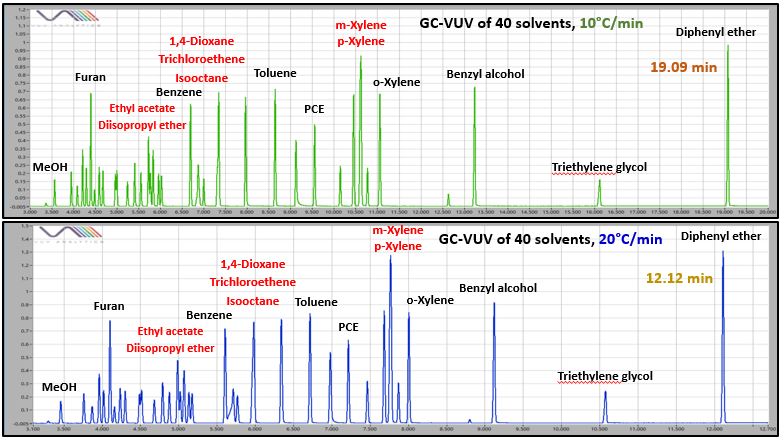
Figure 1. The power of VUV spectral deconvolution allows chromatographic compression to speed GC runtime and increase sample throughput.
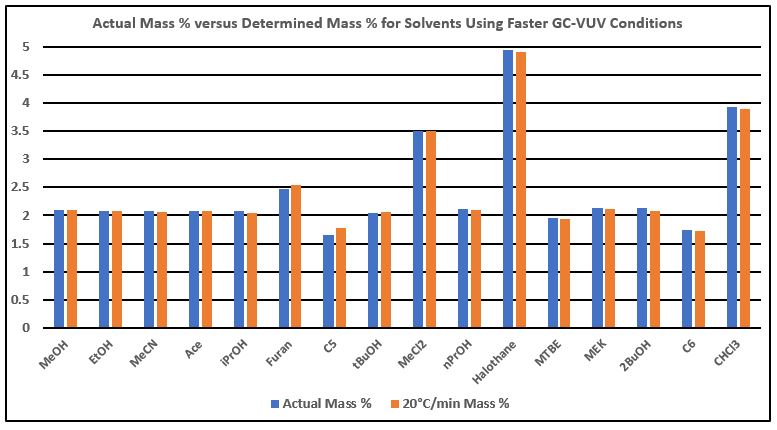
Figure 2. Quantitative accuracy is maintained for the solvents listed here, even under faster GC-VUV conditions, and data processing is automatic with VUV Analyze.
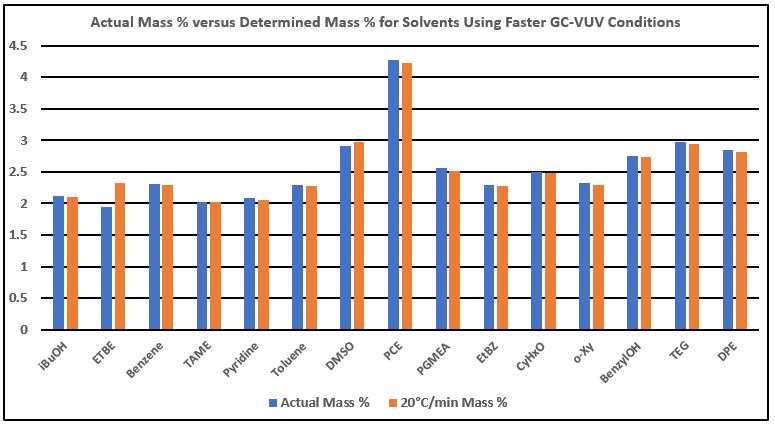
Figure 3. The later eluting solvents analyzed using faster GC-VUV conditions show good quantitative accuracy, except for ETBE (ethyl tert-butyl ether), which reported slightly high.


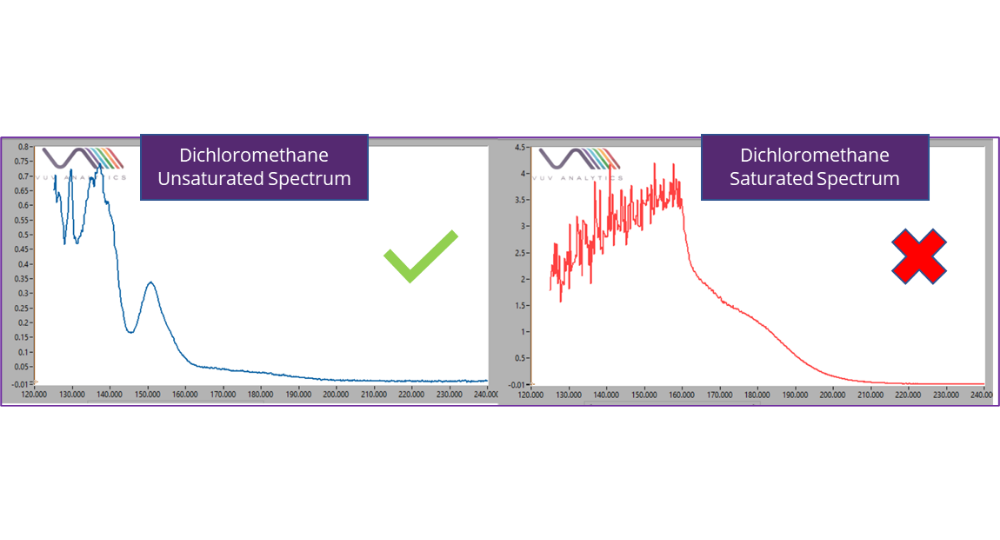
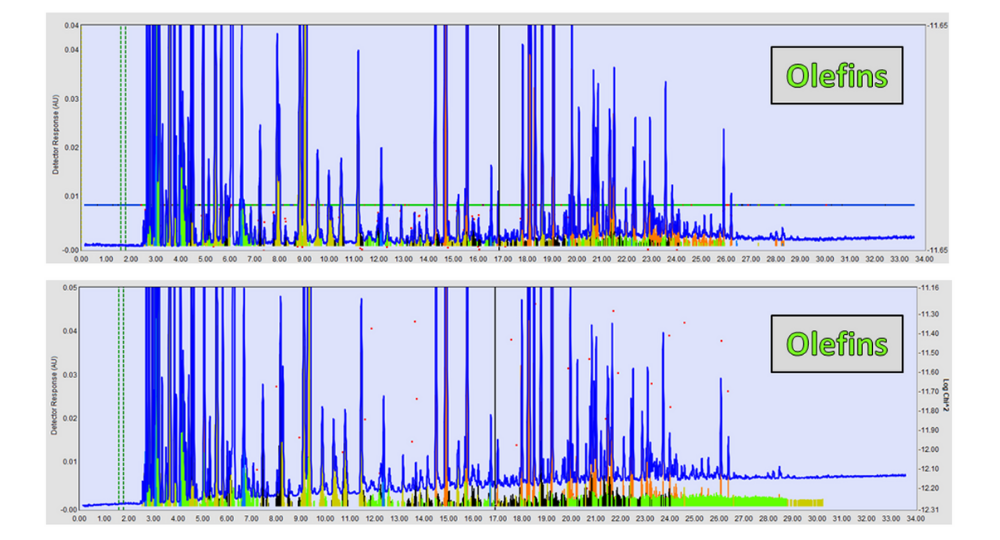
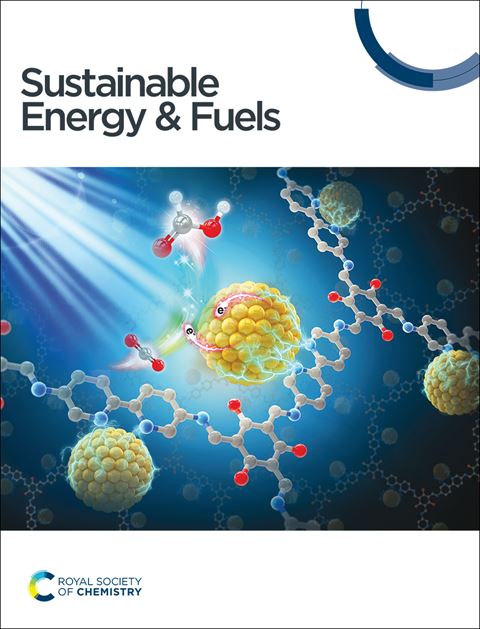





Leave a Reply